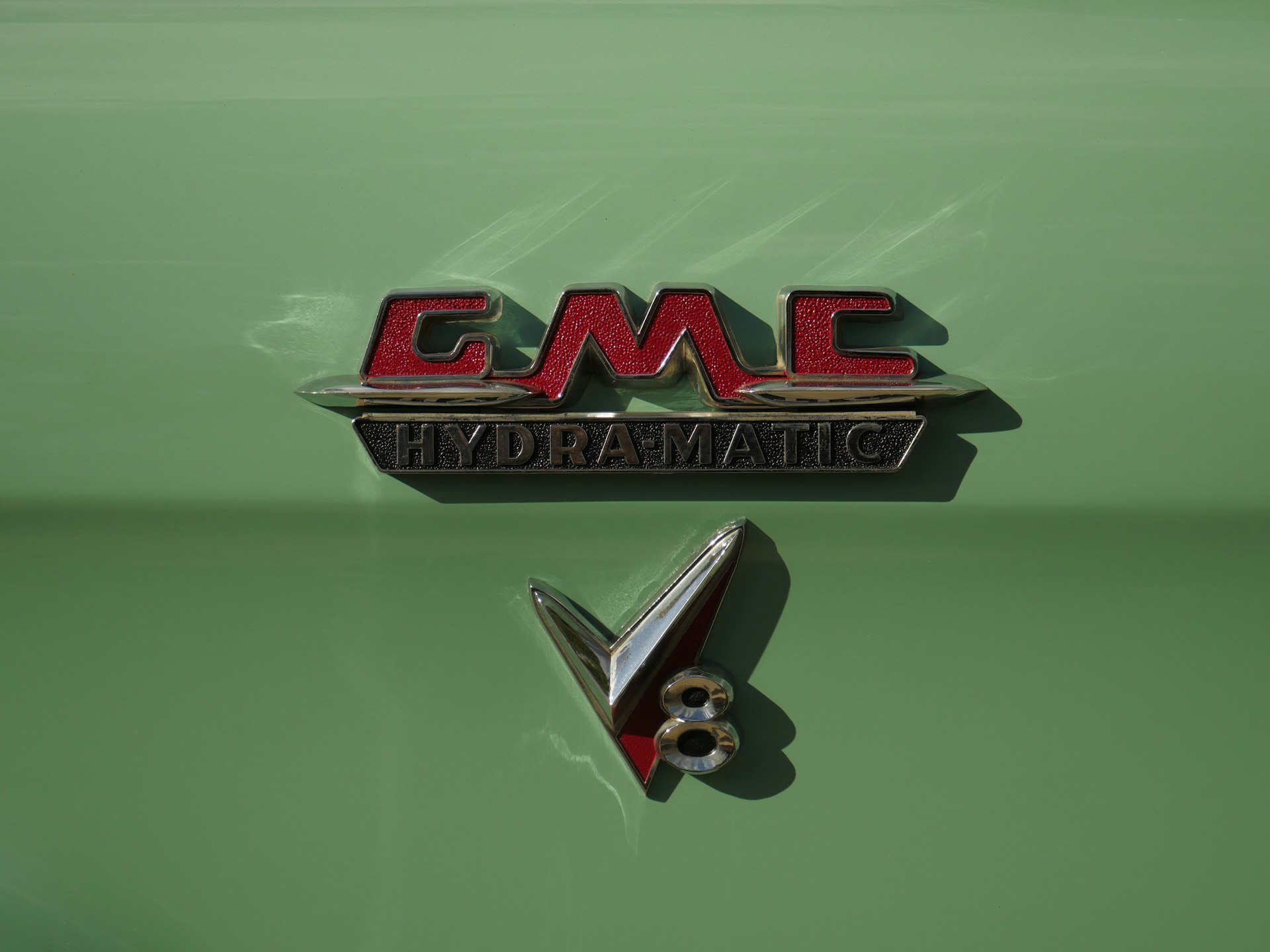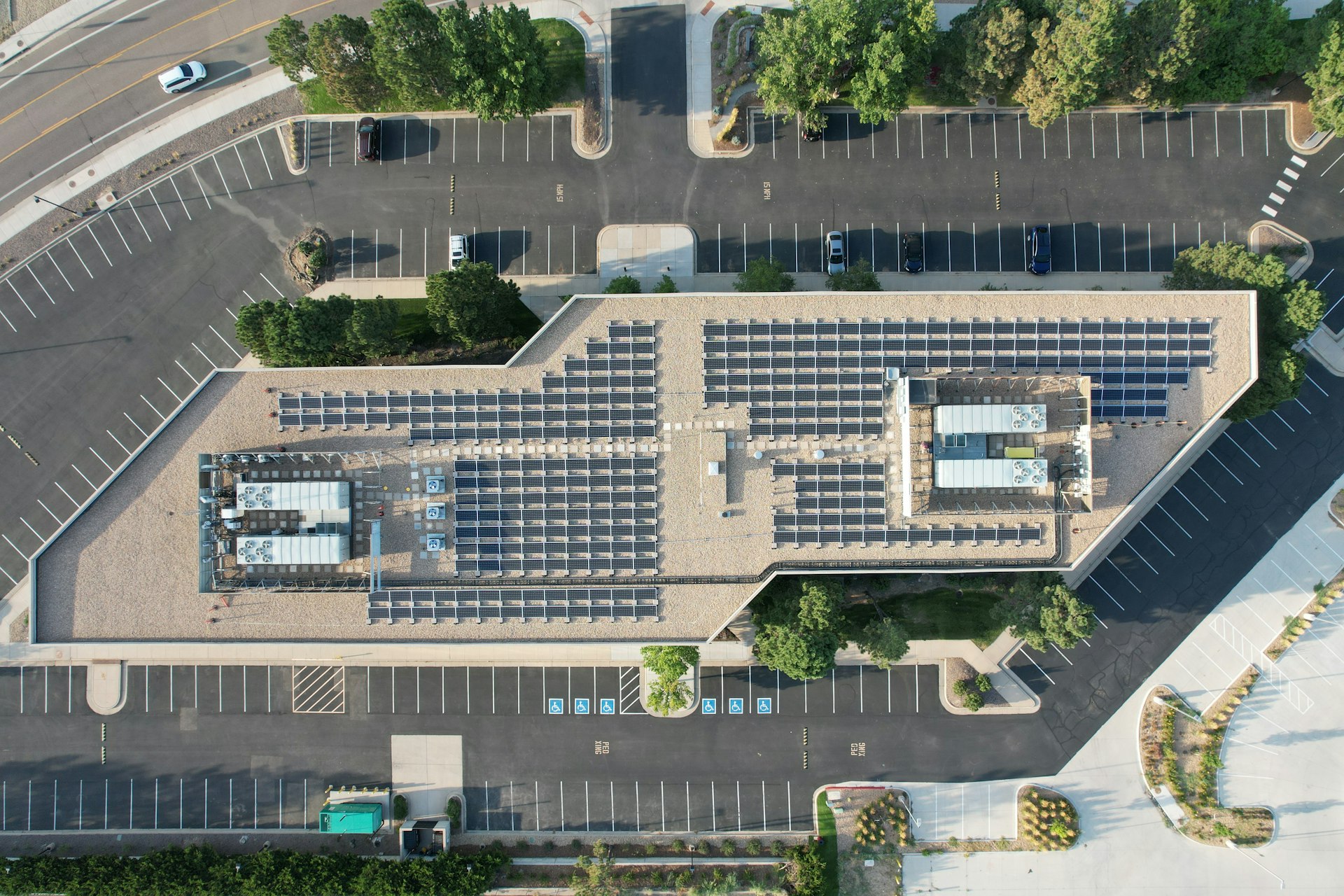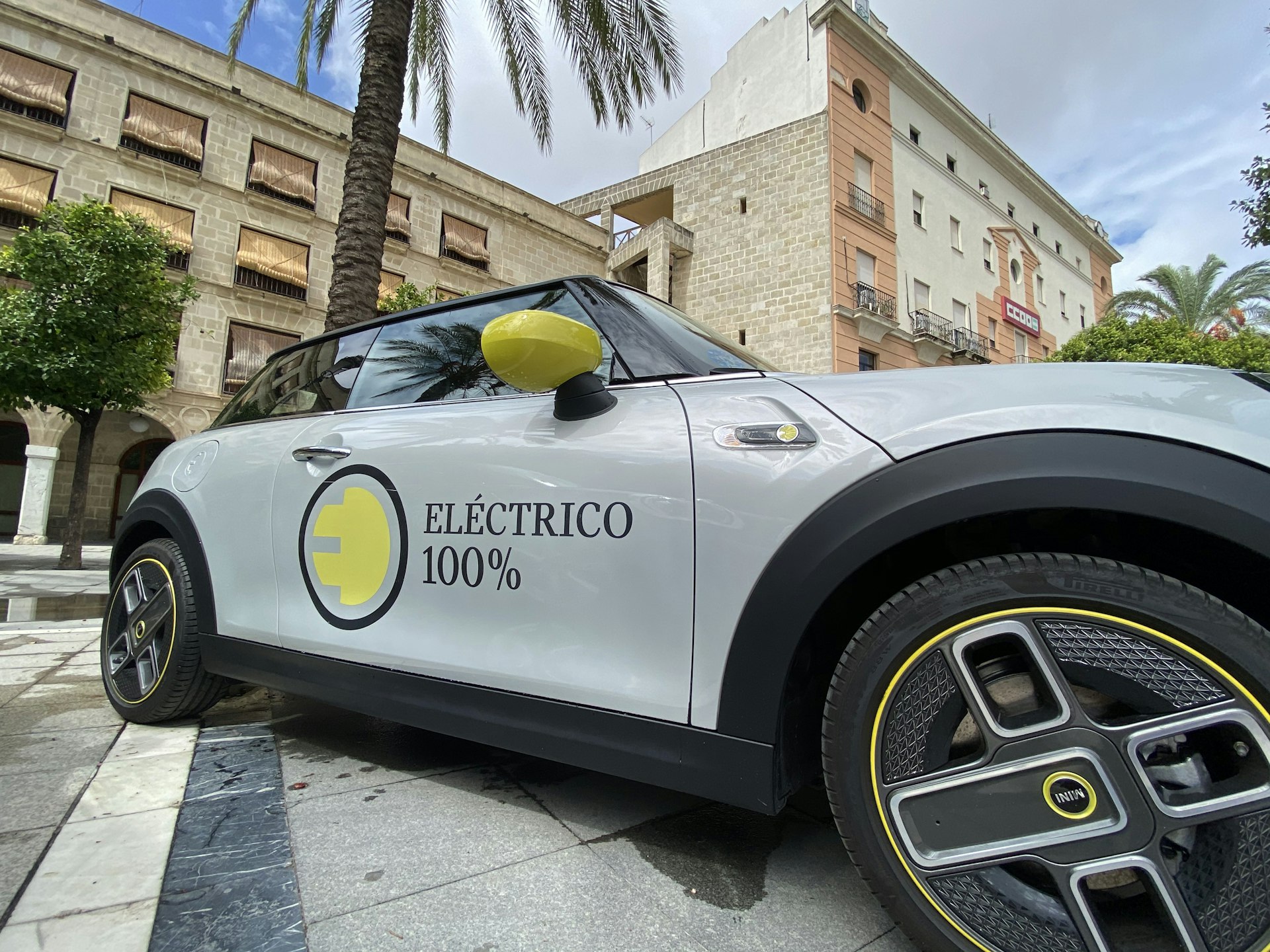Semi-Solid Batteries: The Next Leap for Electric Vehicles

Photo by John Cameron on Unsplash
Introduction: The Rise of Semi-Solid Batteries in Electric Vehicles
Battery technology is at the heart of the electric vehicle (EV) revolution. While traditional lithium-ion batteries have powered the growth of EVs worldwide, new advancements are driving the next wave of innovation. Among the most promising breakthroughs is the emergence of semi-solid battery technology . These batteries blend the best attributes of conventional and solid-state designs, promising to transform EV safety, affordability, and performance. This article explores the future of semi-solid batteries, their unique benefits, real-world examples, and how consumers and businesses can navigate the evolving landscape.
What Are Semi-Solid Batteries?
Semi-solid batteries represent a technological bridge between traditional liquid lithium-ion batteries and fully solid-state alternatives. In a standard lithium-ion battery, a liquid electrolyte allows ions to move between the anode and cathode. Solid-state batteries replace this liquid with a solid electrolyte, delivering significant gains in safety and energy density but facing manufacturing challenges. Semi-solid batteries use a gel-like or semi-solid electrolyte, blending elements of both approaches to enhance safety, improve energy density, and lower production costs [2] .
This hybrid design addresses key industry pain points:
- Enhanced safety : Reduced risk of thermal runaway and fires compared to fully liquid electrolytes.
- Higher energy density : Provides longer range for EVs without increasing battery size.
- Scalability : Easier to manufacture at scale than fully solid-state batteries, which require complex production processes [1] .
Industry Momentum: Real-World Adoption and Case Studies
Global automakers and battery manufacturers are investing heavily in semi-solid battery development. One of the most significant milestones came with the announcement that SAIC MG , a major Chinese automaker, will mass-produce EVs equipped with semi-solid batteries. The new MG4 model will be among the first to feature this technology, with sales starting in China and global expansion planned [4] . Early indications suggest pricing is competitive, with some models retailing for under $14,000-demonstrating that semi-solid batteries can deliver advanced performance at a lower cost than many current EVs.
Other industry leaders, such as CATL, BYD, BMW, and Mercedes-Benz, are also exploring or piloting semi-solid or related solid-state battery solutions. While timelines differ, many expect full-scale deployment within the next few years, with some targets as early as 2025-2027 [5] .

Photo by JUICE on Unsplash
Key Benefits of Semi-Solid Battery Technology
Semi-solid batteries offer several compelling advantages for electric vehicles:
- Improved Safety : The gel-like electrolyte reduces the risk of leaks, fires, and thermal events, which have been concerns with traditional lithium-ion batteries. This makes EVs safer for consumers and more attractive for fleet operators [1] .
- Greater Range : Higher energy density allows vehicles to travel farther on a single charge, addressing one of the primary barriers to EV adoption-the so-called “range anxiety” [2] .
- Faster Charging : Advances in electrolyte chemistry enable quicker ion movement, resulting in significantly reduced charging times. Some prototypes claim the potential for 1,000-mile ranges or sub-10-minute charging, though commercial offerings may vary [4] .
- Lower Cost Potential : As manufacturing processes mature, semi-solid batteries could be produced at scale more affordably, helping to drive down the cost of EVs for mainstream consumers [1] .
Practical Guidance: Accessing Semi-Solid Battery Innovations
If you are considering an EV or want to stay ahead of battery technology trends, there are several actionable steps you can take:
- Research Current Models: Look for automakers that have announced semi-solid battery models. For example, SAIC MG’s MG4 is expected to be one of the first globally available EVs with this technology. You can monitor official SAIC and MG newsrooms or contact local dealerships for release updates.
- Contact Dealers and Manufacturers: Reach out directly to authorized EV dealers and manufacturers to inquire about upcoming semi-solid battery models. Ask about expected delivery dates, warranty details, and after-sales support.
-
Monitor Industry News:
Reputable automotive news outlets regularly cover advancements in battery technology. For the latest updates, search for terms like “semi-solid battery EVs,” “MG4 semi-solid battery,” or “solid-state battery commercialization.” Ensure you are using trustworthy sources, such as
TechRadar
,
Electrek
, and industry press releases for accurate information. - Evaluate Total Cost of Ownership: When new models become available, assess not just the sticker price but also the potential savings from improved efficiency, longer lifespan, and reduced maintenance needs.
- Consider Charging Infrastructure: As charging speeds improve, check the compatibility of your local charging network with advanced battery technologies. Some networks may require upgrades or new standards for ultra-fast charging.
If you want to be among the first adopters, join waitlists or pre-order programs offered by manufacturers. Always confirm details through official company channels or verified dealership communications.
Challenges and Potential Solutions
Despite the promise, semi-solid batteries face several challenges before they become mainstream:
- Manufacturing Complexity: Scaling production of semi-solid batteries requires new equipment and expertise. Some manufacturers are partnering with research institutions to accelerate the process [1] .
- Cost Barriers: Early models may carry a price premium, though this is expected to decline as technologies mature and economies of scale are realized.
- Performance Validation: Real-world performance data is still being collected. Consumers should look for transparent manufacturer disclosures and third-party tests before making purchasing decisions.
- Global Availability: Initial rollouts may be limited to select markets, such as China, before broader international expansion. Stay informed by visiting official automaker websites or contacting regional representatives.
Alternative approaches, such as improved liquid lithium-ion chemistries and fully solid-state batteries, are also advancing rapidly. Comparing features, costs, and availability across these options will be critical for consumers and fleet operators alike.
Future Outlook: Trends and Opportunities
Industry forecasts are optimistic about the rapid adoption of semi-solid battery technology. Market projections suggest that the global solid-state battery market, which includes semi-solid designs, could reach $1.5 billion by 2025, growing at an estimated annual rate of 33% [1] . Automakers and battery manufacturers are racing to commercialize these advances, with several high-profile launches slated for the next two years.
For consumers, this means more options, better performance, and improved safety features in the next generation of EVs. For businesses and fleet operators, the technology promises to lower total ownership costs and reduce operational risks associated with battery failures.
How to Stay Informed and Prepare
As the battery technology landscape evolves, staying informed is key. Consider these steps:
- Subscribe to reputable automotive and technology news sites for updates on battery innovation.
- Attend industry expos and EV showcases where new models and battery technologies are announced.
- Consult with local EV associations or energy agencies for guidance on incentives or pilot programs related to advanced battery adoption.
- Search for automaker press releases and technical briefings, as these often provide the most accurate and current information on release dates and specifications.
If you are a fleet operator or business interested in early adoption, contact manufacturers directly to inquire about pilot programs, fleet sales, or bulk purchasing agreements. For government or institutional buyers, consult with relevant energy or transportation agencies to explore partnership opportunities and grant programs that may support advanced battery deployment.
References
- [1] Herewin Power (2025). Solid-state lithium battery advancements and market outlook.
- [2] Grepow (2025). The leading semi solid-state battery manufacturers of 2025.
- [4] TechRadar (2025). The world’s first mass-produced car with semi solid-state batteries.
- [5] Electrek (2025). Another big car brand testing solid-state EV batteries.
MORE FROM promospotlight.com













